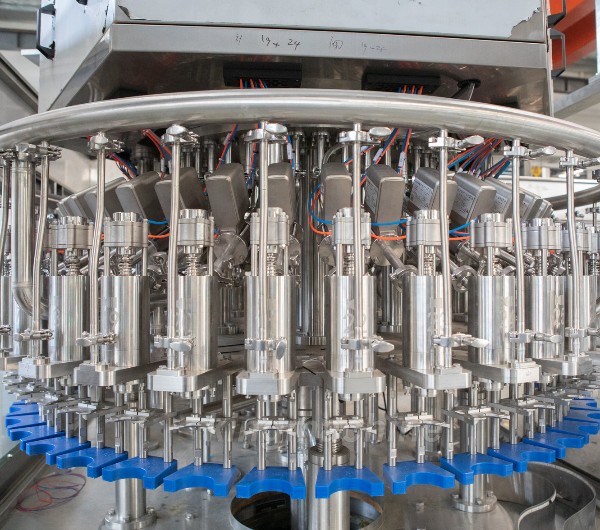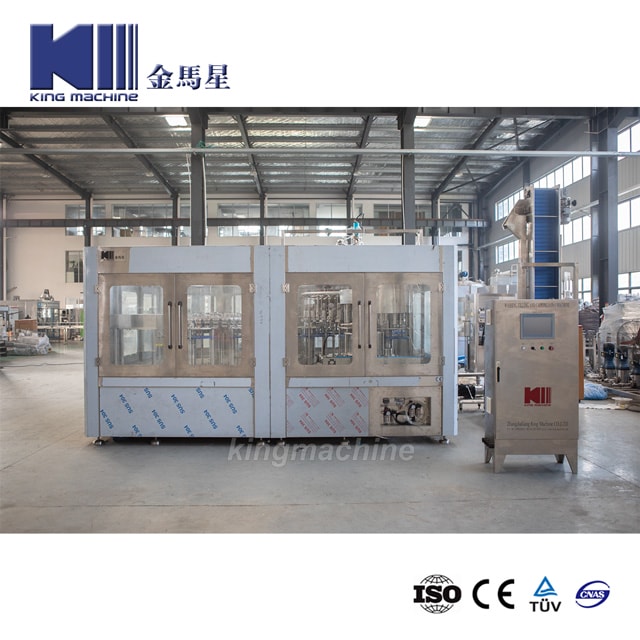News
Site Editor
 Site
/uploads/image/694e24f48271f.png
In this blog post, we'll dive into the technology behind automatic water filling machines and explore the intricate processes that make them tick. So grab a glass of water and let's jump right in!
Site
/uploads/image/694e24f48271f.png
In this blog post, we'll dive into the technology behind automatic water filling machines and explore the intricate processes that make them tick. So grab a glass of water and let's jump right in!
Understanding the Technology Behind Automatic Water Filling Machines
Views: 2498
Author: Site Editor
Publish Time: 2023-04-23
Origin: Site
Are you tired of manually filling up your water bottles or containers? Well, you're in luck because automatic water filling machines have revolutionized the way we hydrate! But how do these machines actually work? In this blog post, we'll dive into the technology behind automatic water filling machines and explore the intricate processes that make them tick. So grab a glass of water and let's jump right in!
How Automatic Water Filling Machines Work:
A Step-by-Step Guide Automatic water filling machines work by utilizing a series of steps to fill containers with water. The first step involves feeding empty containers into the machine through a conveyor belt or other mechanism. Once the containers are in place, they are moved to the filling station where the water is dispensed. The water is typically stored in a holding tank and then pumped into the containers using a nozzle or valve. After the containers are filled, they are moved to the capping station where the caps are applied and tightened. Finally, the filled and capped containers are discharged from the machine and onto another conveyor belt or packaging line.
Types of Sensors Used in Automatic Water Filling Machines:
Automatic water filling machines use several types of sensors to detect the position and movement of the containers, as well as to monitor the performance of the machine. Some common types of sensors used in these machines include photoelectric sensors, ultrasonic sensors, pressure sensors, and level sensors. Photoelectric sensors detect the presence and position of containers by emitting a light beam and detecting its reflection. Ultrasonic sensors use sound waves to detect the presence and position of containers. Pressure sensors monitor the pressure of the water in the holding tank, while level sensors detect the amount of water in the tank and ensure that it does not overflow.

The Role of Programmable Logic Controllers (PLCs) in Automatic Water Filling Machines:
Programmable logic controllers (PLCs) are essential components in automatic water filling machines because they control and manage the operation of the machine. PLCs are specialized computers that can be programmed to carry out specific tasks and functions. In automatic water filling machines, PLCs are used to monitor the position and movement of containers, control the dispensing of water into the containers, and manage the operation of other components such as the conveyor system and capping station. PLCs are highly flexible and can be easily reprogrammed to accommodate changes in production requirements or to improve the efficiency of the machine.
The Importance of Accurate Measurement in Automatic Water Filling Machines:
Accurate measurement is critical in automatic water filling machines because it ensures that the correct amount of water is dispensed into each container. Overfilling or underfilling containers can result in product waste, increased costs, and reduced customer satisfaction. To achieve accurate measurement, automatic water filling machines use precision measuring devices such as flow meters, weight scales, and volumetric fillers. These devices are able to measure the exact amount of water being dispensed into each container, ensuring consistent and accurate filling.
In conclusion:
The technology behind automatic water filling machines is truly fascinating. From sensors to PLCs to gravity-fed systems, these machines have a lot going on under the hood. By understanding the mechanics and processes behind these machines, we can appreciate just how efficient and convenient they are for our daily lives.
Thanks for reading! And don't forget to visit our website for more informative articles and resources on the latest technology trends.








